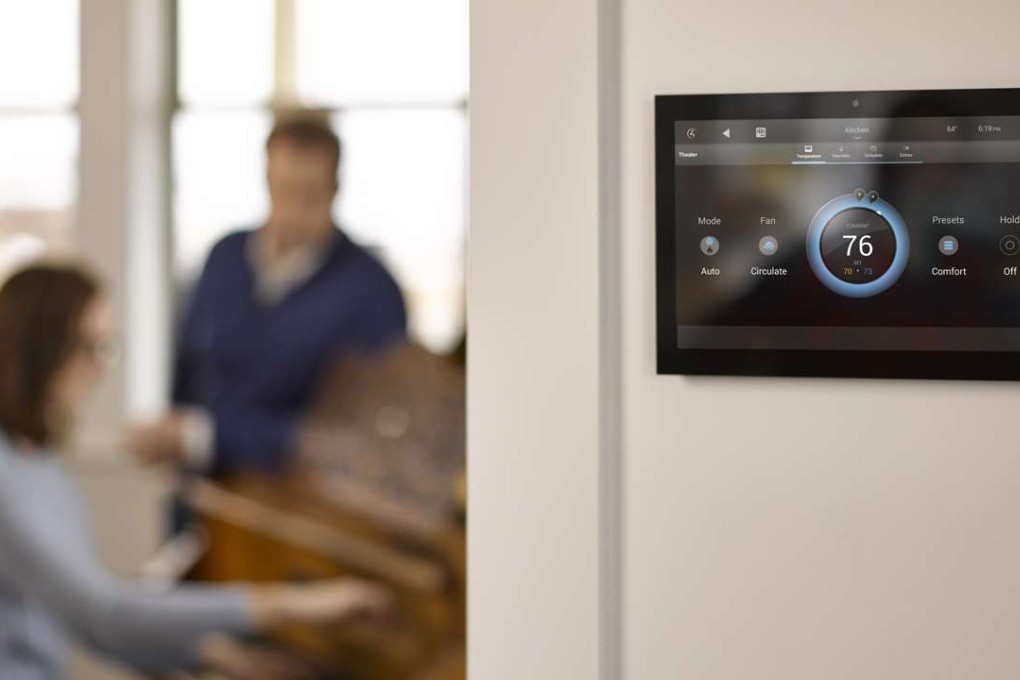Smart revolution hits the home front
We took a while to embrace smartphones – but analysts believe everything from washing machines to aircons are suddenly about to become a lot brighter

First smartphones took on desktop phones, and won.
Now it’s the turn of smart washing machines and televisions to challenge traditional home appliances, with analysts predicting their future growth in China could be huge.
Fridges syncing up to your smartphone might sound like something from a sci-fi movie but they could soon be a fixture of Chinese households, if companies can make smart technology more useful, according to UBS research.
China’s growing interest in smart home appliances could end up boosting profit in the home appliance industry, and that’s just one aspect of a rosy picture for the market which is set to expand 25 per cent in the next three years, UBS analyst Xinyu Liao said in the report.
Smart home appliances connect to the internet, allowing consumers to control them by voice, hand gesture or devices like cell phones, tablets and computers – and in a smart home, different appliances can “talk” to each other.
Almost 95 per cent of Chinese consumers are either ‘extremely’ or ‘somewhat’ interested in buying smart home products, according to a UBS Evidence Lab survey of 3,017 Chinese consumers in tier-one and two-cities in May and June.